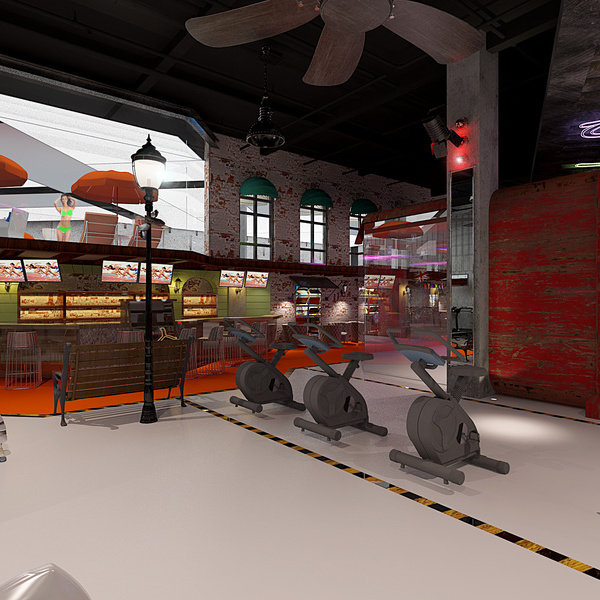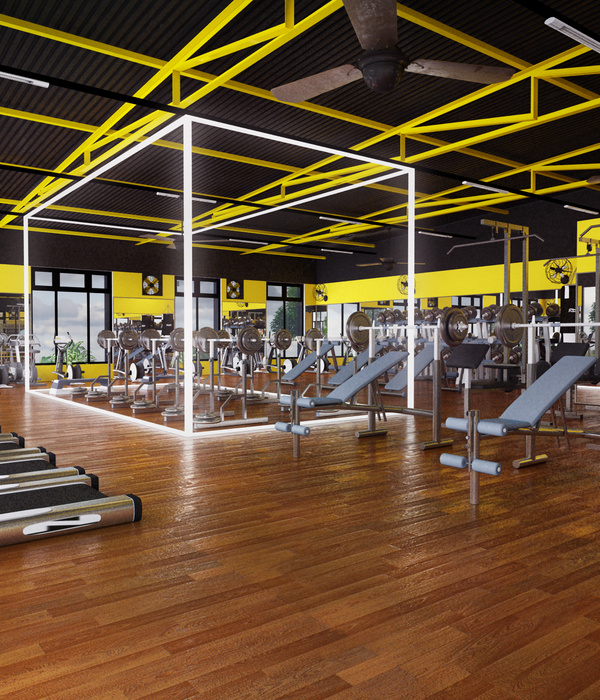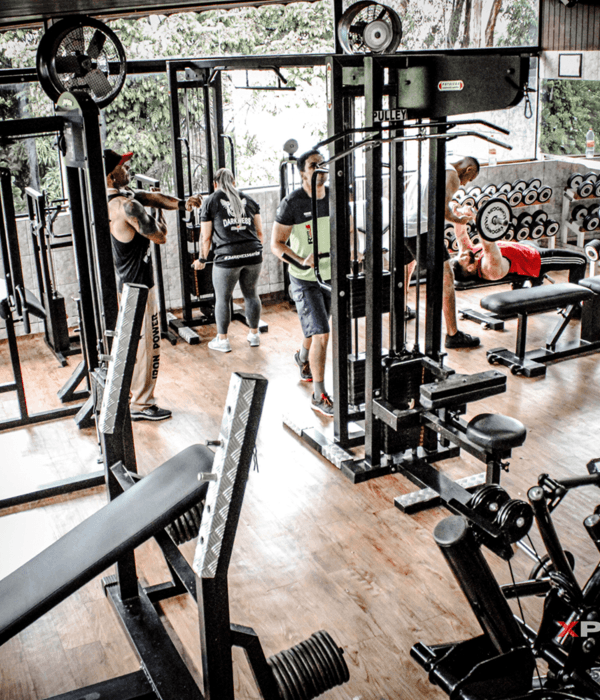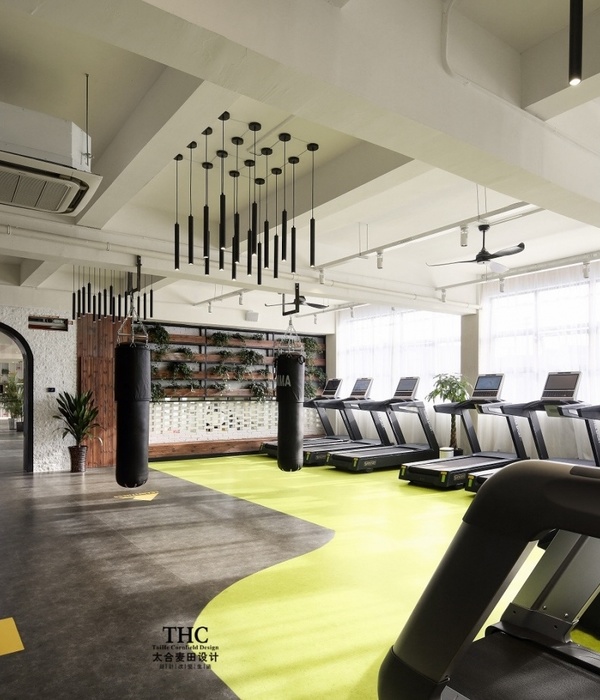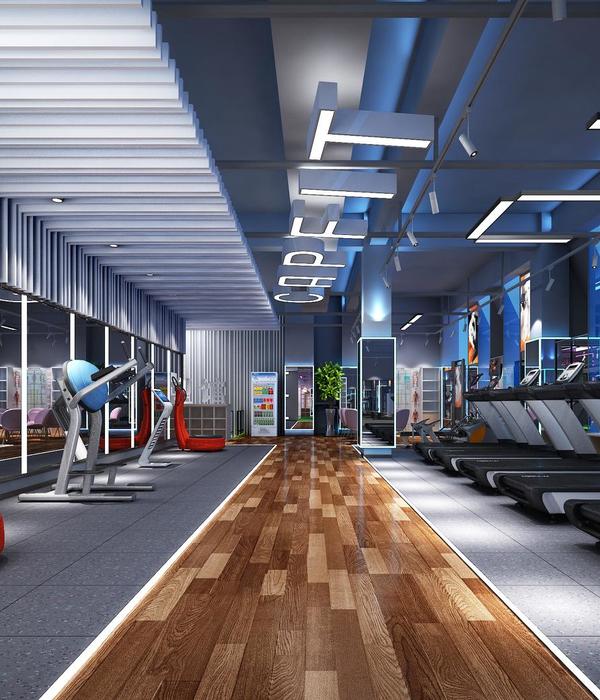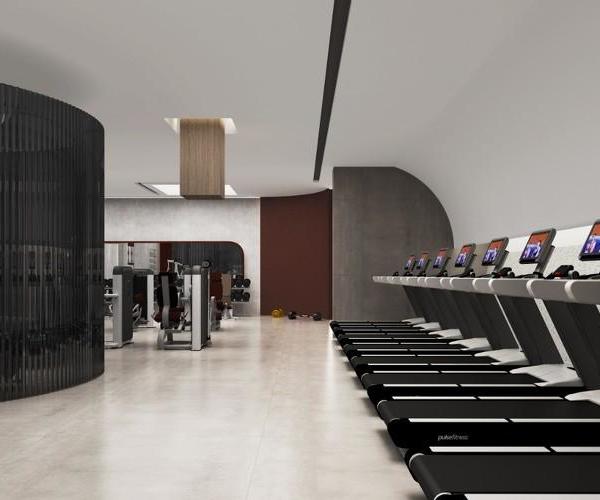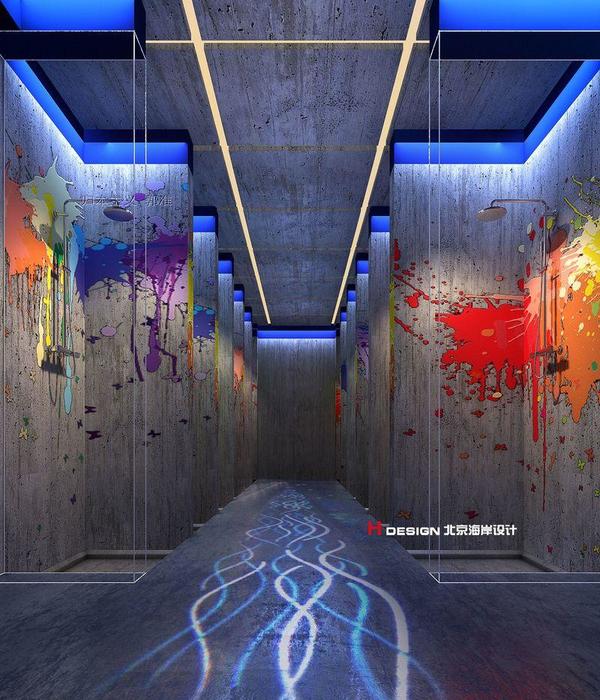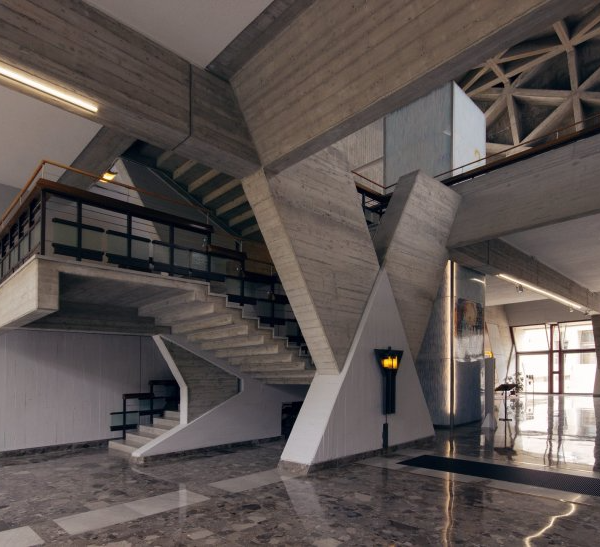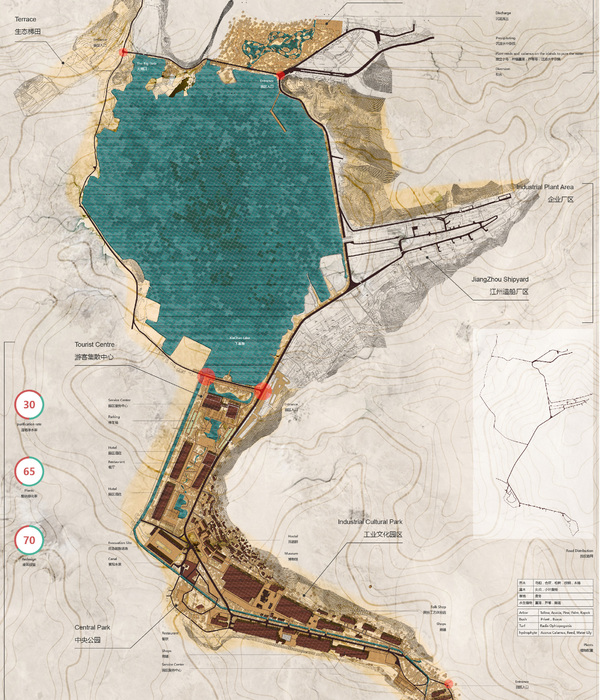GUSTAF VASA CHURCH
RESTORED TO ITS PREVIOUS SPLENDOR & WELL ENDOWED FOR THE FUTURE
The entire church has been renovated in and out, its 1906 original facade and main hall restored. In addition, we have rebuilt and improved employee, visitor and concert organizer quarters according to today’s legal requirements and expectations.
Gustaf Vasa church in Odenplan, Stockholm, by architect Agi Lindegren was built in 1906. The building, one of few neo-baroque churches in Sweden, is highly valued as cultural heritage. Its altar is one of Sweden’s foremost examples in baroque design while the columbarium is Sweden’s first and largest of its kind. The church has an extensive engaged parish and is an important meeting place in the heart of Vasastan.
The congregation wanted that the church could greet the future by being an open, welcoming public space in Stockholm’s new developing hub Odenplan, after the rebuilding of its adjacent railway station. A sacred space with good working environment and accessibility, new office workplaces and an even better concert church. The building’s needs were extensive in terms of glazing, insulation, stone entryways, technical systems and interior finishes. This led to Sweden’s largest and most complete church restoration since 1965.
Through historical research, the church room and the facades were all restored. Its splendid origins were brought back to life as a governing whole, but yet allowing renovations from the 30’s, 60’s and 80’s to also be read. The altar is Swedens best example of its kind and has been properly highlighted.
All its new features share a clear, readable, common language always subordinate to the original church body. We have used stable solid materials that age gracefully, woven together design paradigm rooted in neo-baroque architecture.
New lacquered wood panels are in dialogue with the churches original marble pilasters and flooring. New limestone floors in a brown-gray color frame the existing marble pattern that emphasize the symmetry and focus on the altar. The burgundy color of the bench furnishings grounds the church room and emphasizes the rooms spaciousness. The 1930s stained-glass windows were dismantled and substituted by low-e clear glass, allowing daylight to enter the church.
Our work included the renewal and expansion of all heating, electricity, fire protection, sound insulation, lighting, media etc. All exterior and interior surfaces have been either restore or preserved. Electric installations are integrated under the floor and heating have been installed throughout the church hall limestone floors. Two elevators and a platform lift have been installed, providing accessible entry and allows the possibility of moving podiums, chairs, etc.
The porch chamber has been divided and expanded to accommodate reception, toilets and kitchenette. The areas behind the choir have been converted into offices and expanded with a portion of the attic. The entire church site has been rebuilt to insulate the underlying columbarium, construct an installation passageway and renovate the masonry work towards the street. New lighting, walkways and seating have been implemented with a contemporary expression yet following its historical plan disposition.
Design Team AIX Arkitekter: Mona Lantzourakis, Maria Reuterskiöld, Jonne Lidström, Maki Yoshida, Harald Keijer, Dario Marazuela, Therese Alston, Julia Gudiel Urbano, Annette Haglund, Anne Lagerheim, Johan Bohlin, Martin Orrskog
Structure: Tyréns
Engineering: Allmänna VVS byrån and Bjerking
Landcape: Landskapsgruppen Öresund
Fire: Brandkonsulten AB
Acoustics: ACAD
Building antiquarian: STOBA
Accesibility: AIX Arkitekter and Karla arkitekter
{{item.text_origin}}

